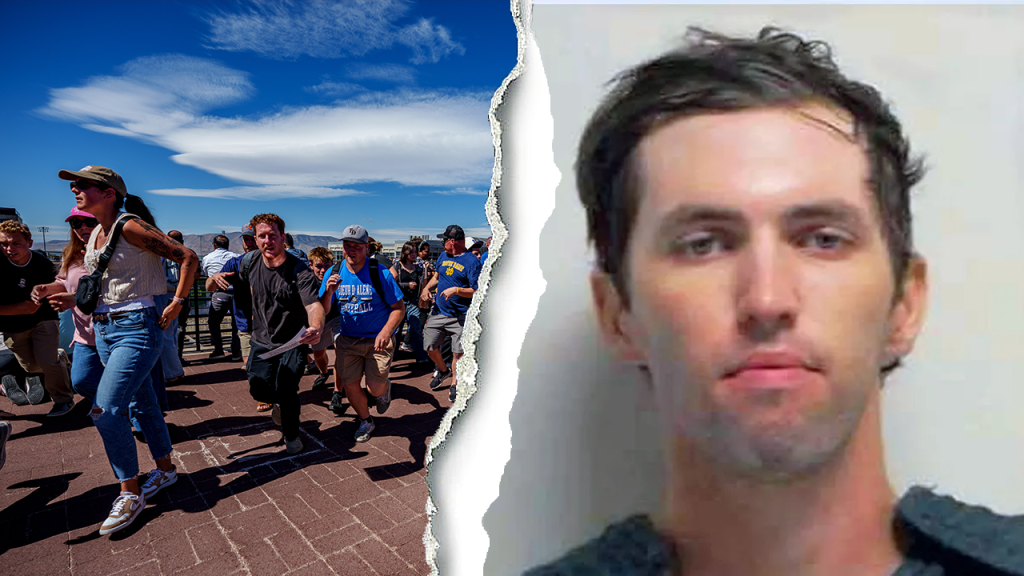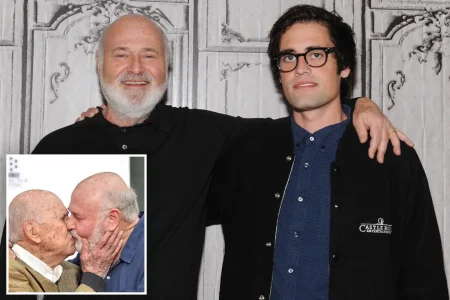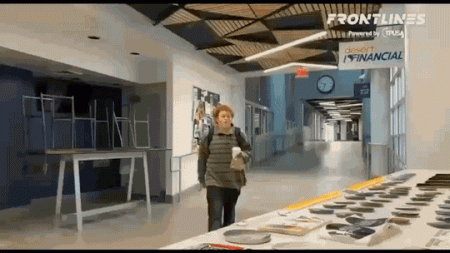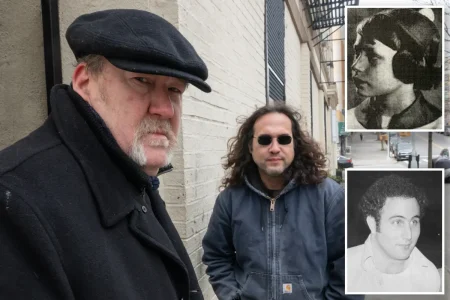The Tragic Loss of Charlie Kirk: A Professor’s Perspective on an Assassination
In the aftermath of the shocking assassination of Turning Point USA founder Charlie Kirk at Utah Valley University, a former FBI agent turned criminal justice professor has offered critical insights into the alleged killer’s mistakes. Greg Rogers, who now teaches courses on serial killers and criminal psychology at UVU, described 22-year-old suspect Tyler Robinson’s actions as “tragically effective, but incredibly sloppy.” Despite what appears to have been extensive planning for the attack, Robinson reportedly left a trail of evidence that quickly led to his capture. The assassination, which occurred as Kirk addressed thousands in the campus courtyard, has sent shockwaves through the community and will likely become a case study for criminal justice students for years to come.
Rogers, drawing on decades of experience as an undercover FBI agent who infiltrated biker gangs, radical militias, and white supremacist organizations, pointed to numerous tactical errors in Robinson’s alleged plan. Most notably, prosecutors claim Robinson attempted to hide his rifle in the woods to retrieve later, a decision Rogers called “purely nonsensical.” The professor questioned why Robinson, who was captured on surveillance video concealing the weapon down his pant leg, didn’t simply walk to his car with the rifle and drive away. “If you were a pro or had put in a requisite amount of planning, that rifle would be destroyed, or it would be at the bottom of a lake somewhere,” Rogers explained. He noted that Robinson’s 265-mile drive from Orem to his home in St. George provided ample opportunity to dispose of the weapon along rural Utah roads.
The suspect’s disguise—merely sunglasses and a baseball cap—proved woefully inadequate against modern surveillance. “He was captured so quickly because he was caught on camera approaching the roof,” Rogers explained, noting that such minimal disguises rarely prevent recognition. “When you’re at a sporting event and you have on a cap and glasses, your friends recognize you. They walk up and say, ‘Hey, how you doing?'” Indeed, prosecutors revealed that Robinson’s own parents recognized him from surveillance images released by the FBI and subsequently confronted him, ultimately helping negotiate his surrender. This personal identification, combined with physical evidence including a footprint on the rooftop, DNA from the discarded rifle, and surveillance footage, created an overwhelming case against the suspect.
Perhaps most disturbing were Robinson’s alleged confessions to friends and family, particularly through the social media platform Discord. Rogers expressed astonishment at Robinson’s apparent comfort in sharing details of the assassination with others, saying, “You must firmly believe that they’re all going to agree with you. And not only are they going to agree with you, they’re going to think that what you did was impressive.” While Discord has stated they found no evidence Robinson used their platform to plan the attack beforehand, the post-assassination communications reveal a troubling mindset. These admissions, coupled with the physical evidence, demonstrate what Rogers characterized as a fundamental failure in executing the crime: “He put a lot of pre-operation planning into this, but he failed miserably, and by that I mean he left evidence everywhere he was.”
Beyond analyzing the suspect’s actions, Rogers expressed serious concerns about campus security protocols. As a former SWAT sniper and assistant U.S. attorney, he questioned why more precautions weren’t taken for Kirk’s appearance, which was notably the highest-profile event at UVU during Rogers’ seven-year tenure and the only one held outdoors. “There’s gonna be an after-action report for this,” Rogers predicted, “And everybody, his security and the campus security, is gonna have a hard time explaining why there wasn’t a drone up in the air. It’s inexpensive. He’s in all black on a white roof. He’d stand out like a sore thumb.” The professor anticipates significant changes to security procedures for future campus events, likely including moving high-profile appearances indoors and implementing security checks similar to those used at sporting events.
The assassination of Charlie Kirk represents not just the tragic loss of a 31-year-old political activist but also raises alarming questions about political violence in America. As both a criminal case and a societal warning, the incident will undoubtedly prompt discussions about security protocols, radicalization, and the increasingly volatile political climate. Rogers’ unique perspective—bridging law enforcement experience with academic analysis—highlights both the practical failures of the alleged assassin and the broader implications for public safety. As the legal process moves forward with prosecutors preparing a potential death penalty case against Robinson, the UVU community and the nation continue to grapple with this shocking act of violence and what it means for political discourse in an increasingly divided country.











